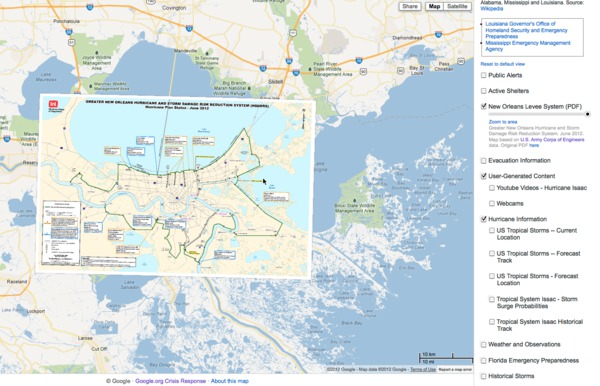Yesterday Kurt posted some ideas for improving TrailScribe. I really like the ideas and I may talk more about them in future posts.
They also reminded me of similar themes from my "Digital Field Assistant" concept that TrailScribe grew out of, and I realized I never shared my write-ups on that from back in 2011.
So to complement the discussion... here's an old presentation that basically frames the core (TrailScribe) mobile device as part of a broader "field data system" that includes helmet cams, specialized sensors like Bluetooth weather gauges, VHF handheld radios, and an information sharing server in base camp.
Click the gear and "Open speaker notes" to get the full content.
You can think of the TrailScribe concept video as a down-sized version of this initial vision, focusing on the low-hanging fruit: What can you do if all you can afford is some tablet computers and cheap accessories like bluetooth headsets and ruggedized cases?
